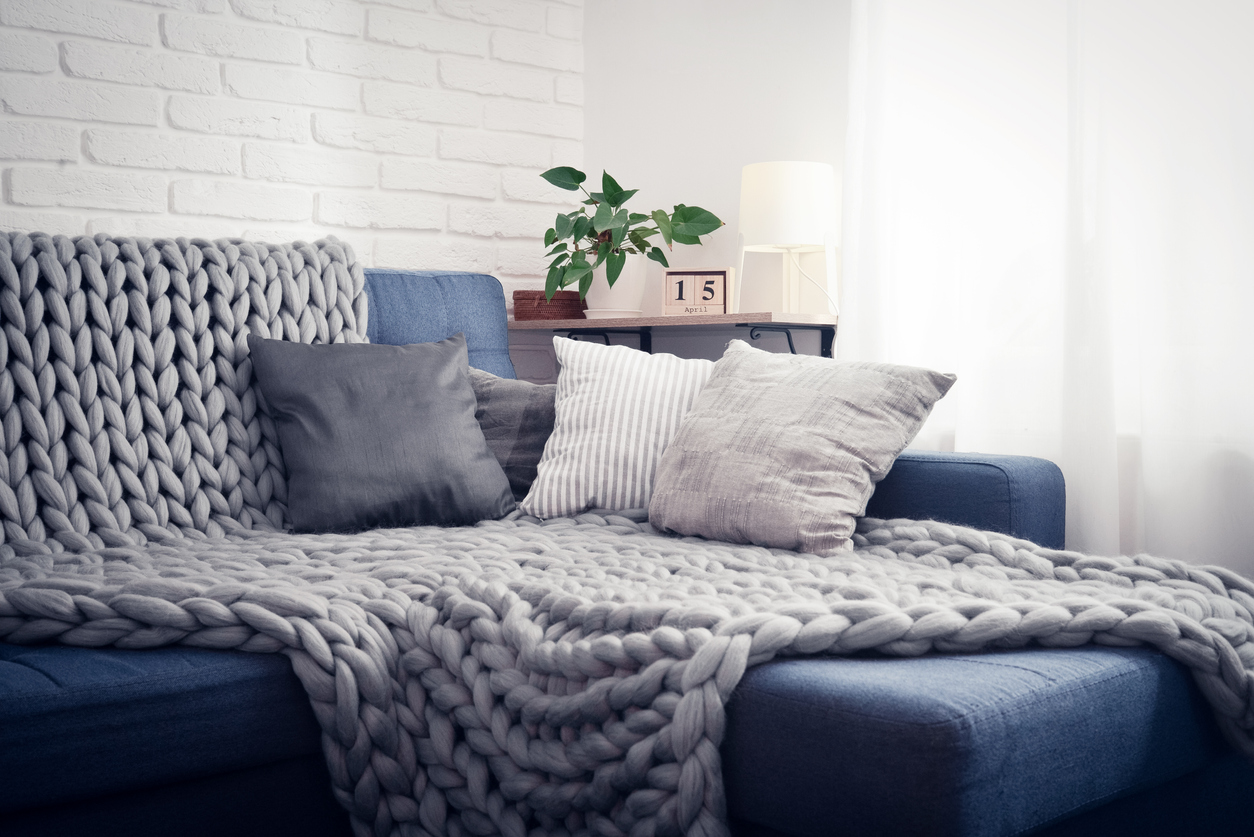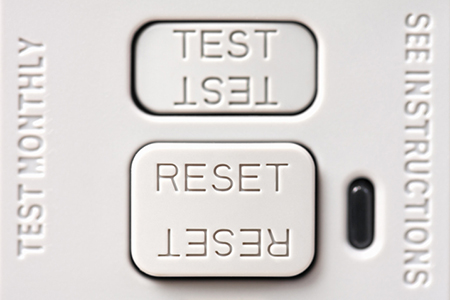There are days when clutter seems to grow of its own accord, and you can’t seem to keep up with it. At some point, every little cache of stuff will have to be attended to. But, say the clutter-busters at Good Housekeeping Magazine, there are lots of sneaky things you can do to make your home look neat and organized even on its worst days:
Mail, receipts and miscellaneous papers. Set up a pretty inbox—an attractive, decorated box with a lid—on your kitchen counter to hold the mail, receipts and other paperwork you intend to get to within the week. If guests turn up, just pop the lid on the box to hide the clutter.
Recipes. If you’re a recipe collector who is slow to file those gems away, buy a few self-adhesive pocketed organizers to stick onto the inside of cabinet doors. Tucking recipes (or whatever) into the organizers will help keep countertops clear. You can also stick an erasable bulletin board inside a kitchen cabinet for posting appointment reminders, phone numbers, and more.
Kitchen Tools. If you can never find the zester or potato peeler when you need them, a set of expandable drawer organizers will allow you to put things in order in a matter of minutes.
Under the Sink. As with most homeowners, you likely have a stash of boxes, bottles, cleaners and other stuff under the kitchen sink and a tangle of paper goods and beauty supplies under the bathroom sink. Maximize the space under any sink with double-decker storage racks and bins.
Playroom. Is the playroom floor always full of small toys and puzzle pieces? Throw a couple hula hoops around a few of them and challenge the kids to stow away the stuff within ‘their’ hula hoop, continuing until everything is stored away. Alternatively, buy a steamer trunk or a lidded ottoman so that you can quickly and easily hide toys and games.










